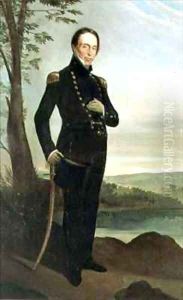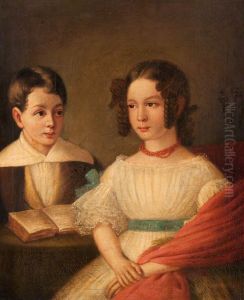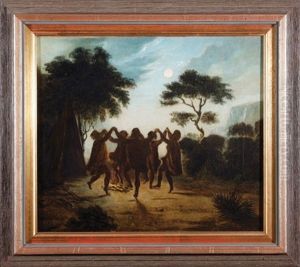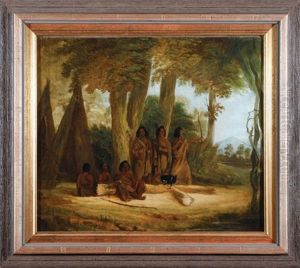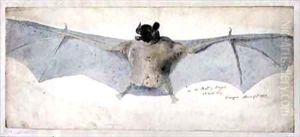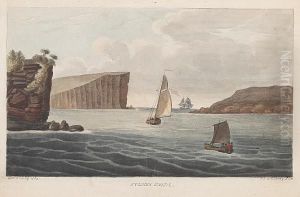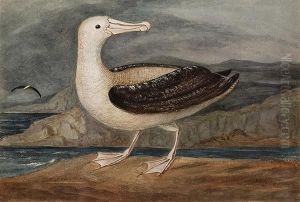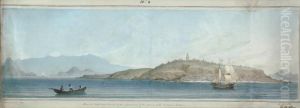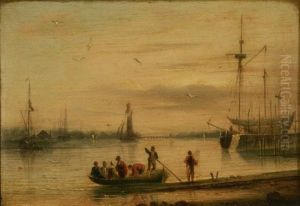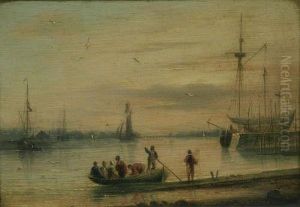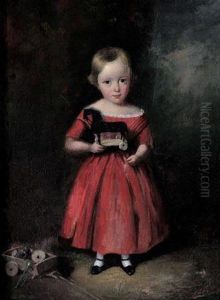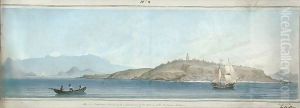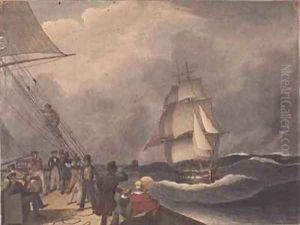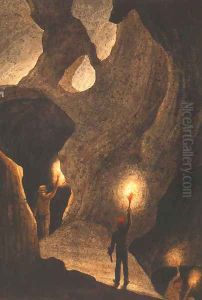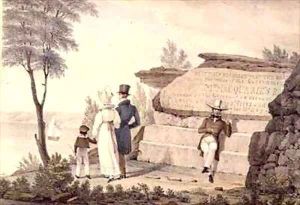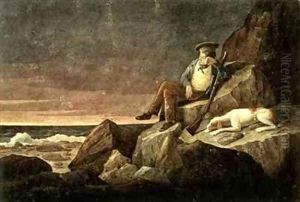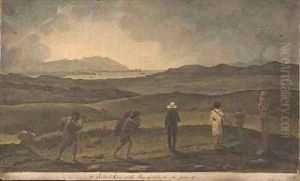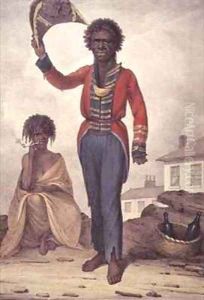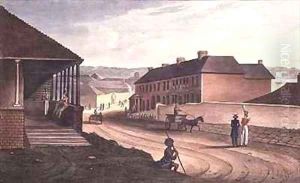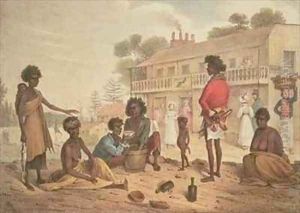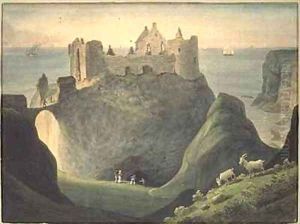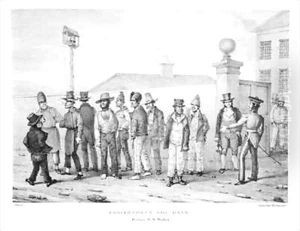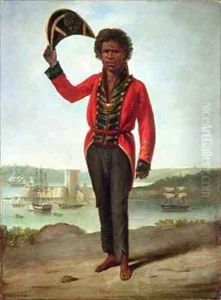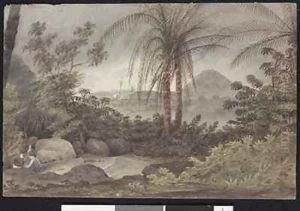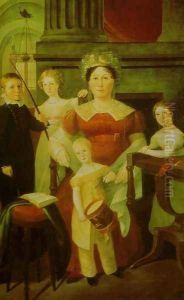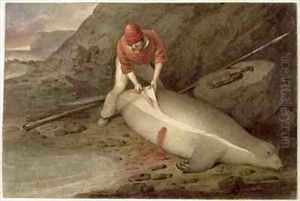Augustus Earle Paintings
Augustus Earle was a British painter, born in London in 1793. He was a travel artist and known for his landscapes, portraits, and ethnographic depictions. Earle was from an artistic family, and his father was the American artist James Earl, while his uncle was the noted portrait painter Ralph Earl. Despite his family's roots in America, Augustus spent much of his life traveling and was one of the earliest professional travel artists to visit remote locations.
Earle displayed an early talent for art and began his formal training at the Royal Academy schools. His desire for adventure and his passion for art led him to embark on numerous voyages, documenting the people, places, and events he encountered. In 1815, he traveled to the Mediterranean and the Middle East, including stops in Greece and Egypt. He later visited the United States, South America, and the Pacific.
His journey to South America in the 1820s was particularly significant as he documented the Brazilian independence movement. In 1824, Earle joined a whaling ship which took him to the remote Tristan da Cunha island group in the South Atlantic, where he was marooned for several months. This unexpected stay provided him with unique subject matter for his paintings.
One of Earle's most notable voyages was as the official artist aboard the HMS Beagle from 1831 to 1832. Although he did not complete the entire voyage with Charles Darwin, his works during this period are some of the earliest visual records of the landscapes and peoples of South America and the Pacific.
Augustus Earle's health declined, possibly due to the harsh conditions he experienced during his travels. He returned to England in the mid-1830s and died in 1838. Despite his relatively short life, Earle's work had a significant impact on the field of travel art and ethnographic studies. His paintings are valuable historical records, providing insights into the early 19th-century cultural landscapes and societies he explored.
